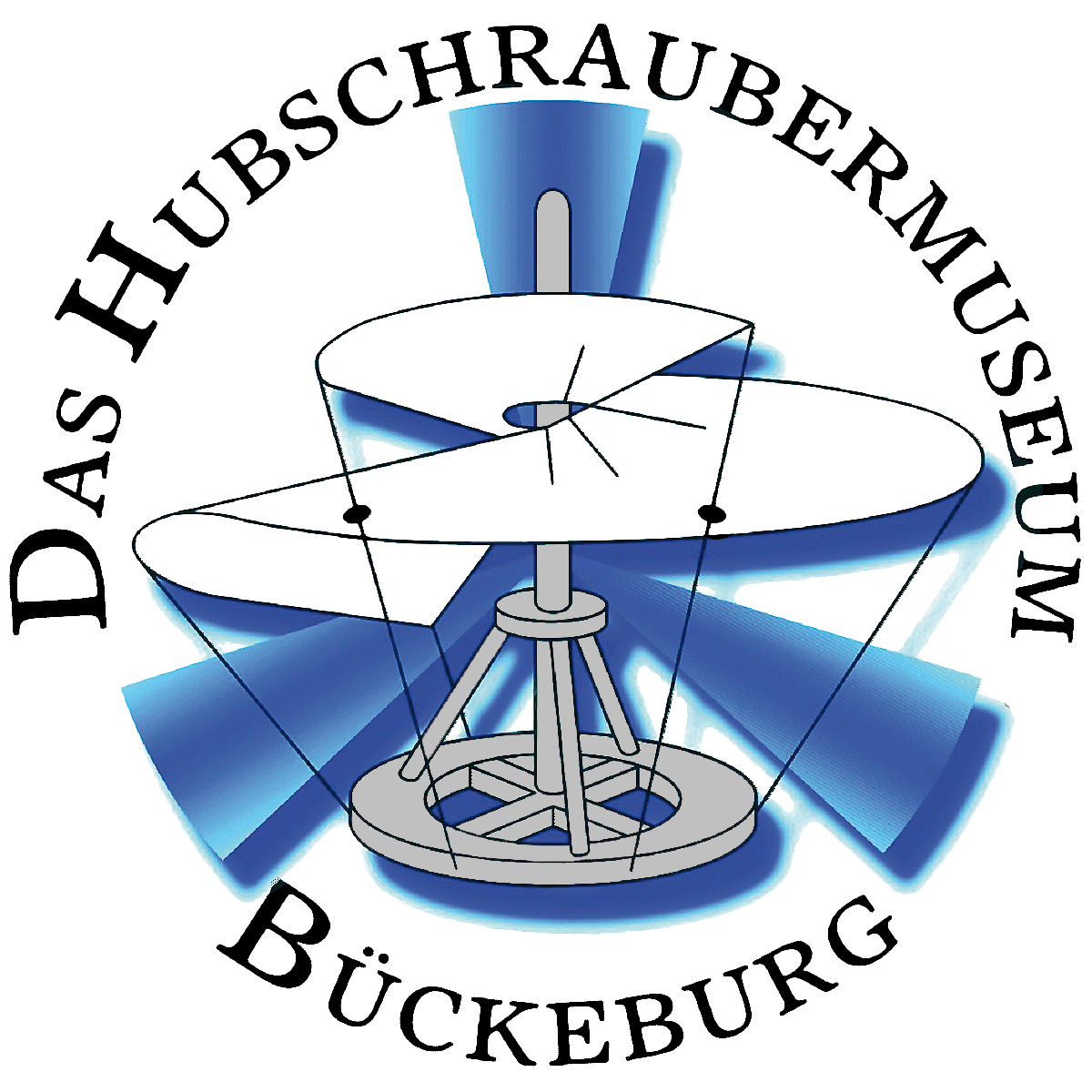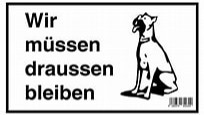Vought-Sikorsky VS-300-EN
Vought-Sikorsky VS-300
Shown here as a model in scale of 1 : 11 – built by Dieter Störig
The Vought-Sikorsky VS-300 was a single-engine helicopter designed by Igor Sikorsky.
Its first version had a single three-blade rotor originally powered by a 75 horsepower (55 kW) engine. The first “free” flight of the VS-300 was on 13th May 1940.While not the first successful single lifting rotor helicopter to fly, as the Yuriev/Cheremukhin TsAGI-1-EA machine was in the Soviet Union in 1931-32, the VS-300 was the first successful single lifting rotor helicopter in the United States and the first successful helicopter to use a single vertical tail rotor configuration for antitorque. With floats attached, it became the first practical amphibious helicopter.
Igor Sikorsky’s quest for a practical helicopter began in 1938, when as the Engineering Manager of the Vought-Sikorsky Division of United Aircraft Corporation, he was able to convince the directors of United Aircraft that his years of study and research into rotary-wing flight problems would lead to a breakthrough. His first experimental machine, the VS-300 was test flown by Sikorsky on 14th September 1939 but had to be tethered by cables due to its inherent instability. In developing the concept of rotary-wing flight, Sikorsky was the first to introduce a single engine to power both the main and tail rotor systems. The only previous successful attempt at a single-lift rotor helicopter, the Yuriev-Cheremukhin TsAGI-1EA in 1931 in the Soviet Union, used a pair of uprated, Russian-built Gnome Monosoupape rotary engines of 120 hp each for its power. For later flights of his VS-300, Sikorsky also added a vertical aerofoil surface to the end of the tail to assist anti-torque but this was later removed when it proved to be ineffective.
The cyclic control was found to be difficult to perfect, and led to Sikorsky locking the cyclic and adding two smaller vertical-axis lifting rotors to either side aft of the tail boom. By varying pitch of these rotors simultaneously, fore and aft control was provided. Roll control was provided by differential pitching of the blades. In this setup, it was found that the VS-300 couldn’t fly forward easily and Sikorsky joked about turning the pilot’s seat around.
Sikorsky fitted utility floats (also called pontoons) to the VS-300 and performed a water landing and takeoff on 17th April 1941, making it the first practical amphibious helicopter. On 6th May 1941, the VS-300 beat the world endurance record held by the Focke-Wulf Fw 61, by staying aloft for 1 hour 32 minutes and 26.1 seconds.
The final variant of the VS-300 in 1941 was powered by a 150 hp Franklin engine. The VS-300 was one of the first helicopters capable of carrying cargo. The VS-300 was modified over a two-year period, including removal of the two vertical tail rotors, until 1941 when a new cyclic control system gave it much improved flight behavior.
In 1943, the VS-300 was retired to the Henry Ford Museum in Dearborn, Michigan. It has been on display there ever since, except for a trip back to the Sikorsky Aircraft plant for restoration in 1985.
Text from Wikipedia, the free encyclopedia



